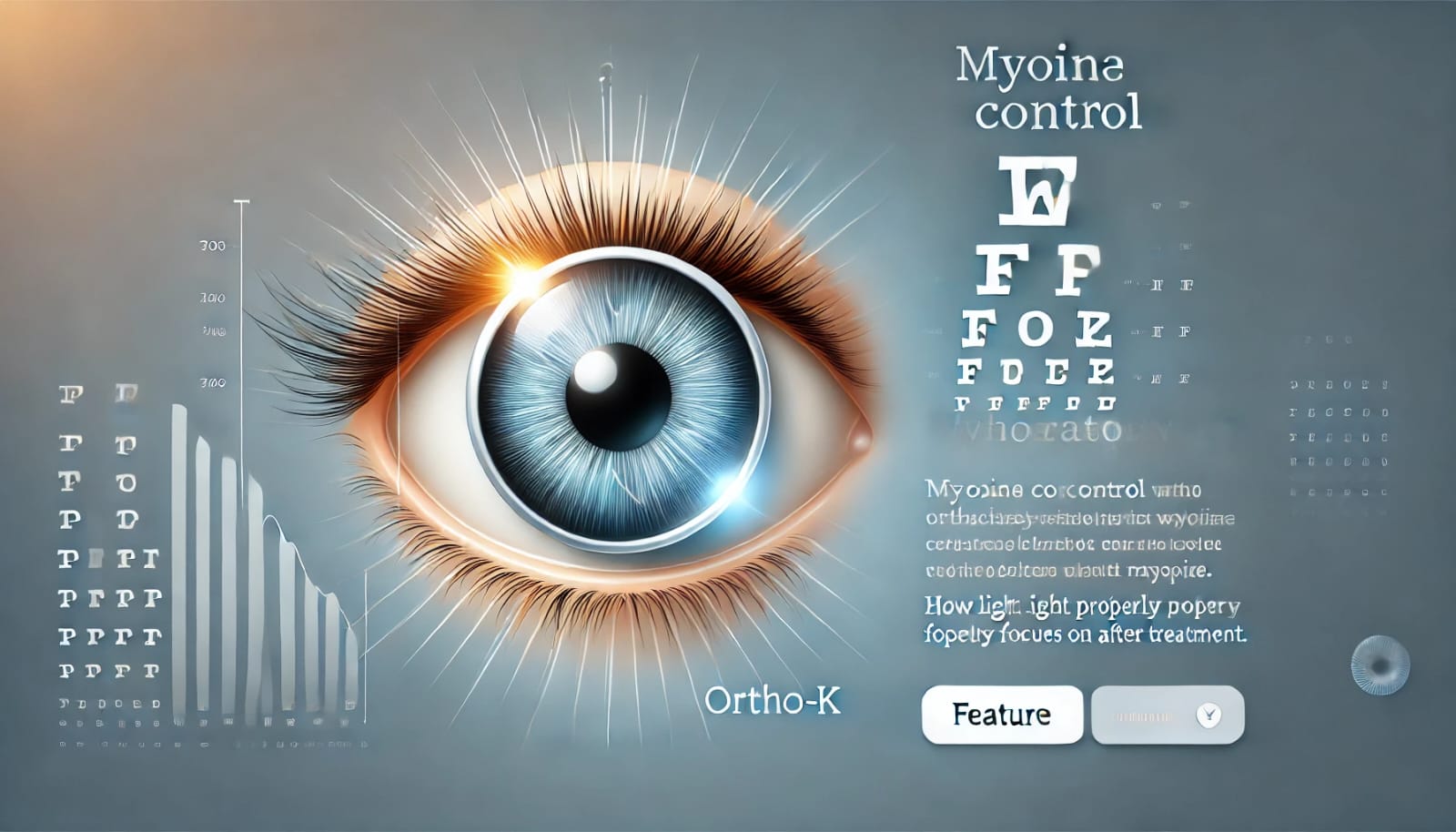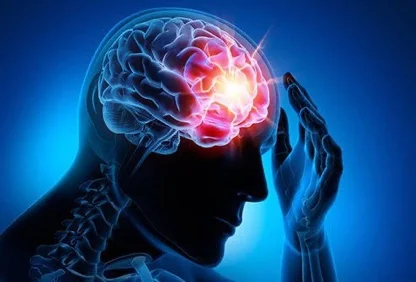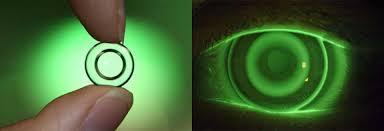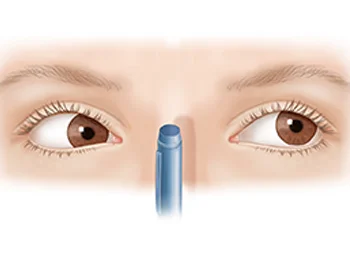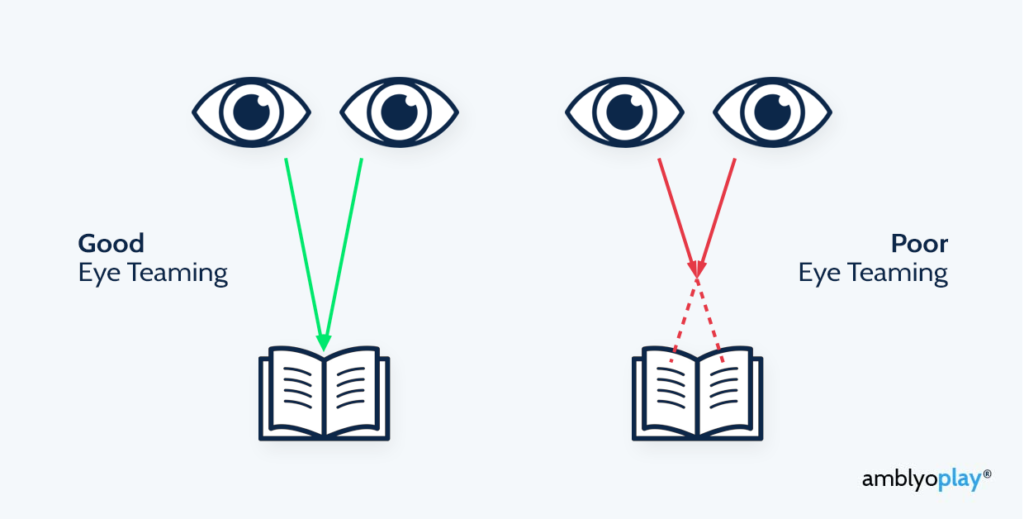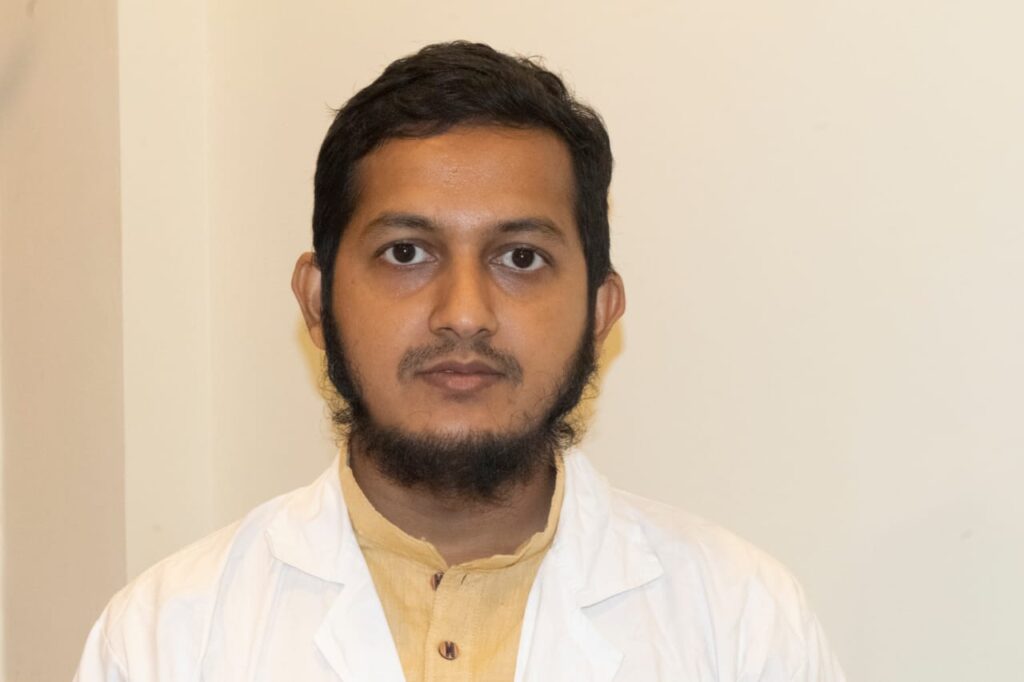Myopia control Ortho-K lenses | Dr Rakib Hasan |Myopia Treatment
Orthokeratology (OK) is a non-surgical procedure that uses specialized contact lenses to reshape the cornea while you sleep, with the goal of controlling myopia (nearsightedness) progression. Here’s an overview:
What is Orthokeratology?
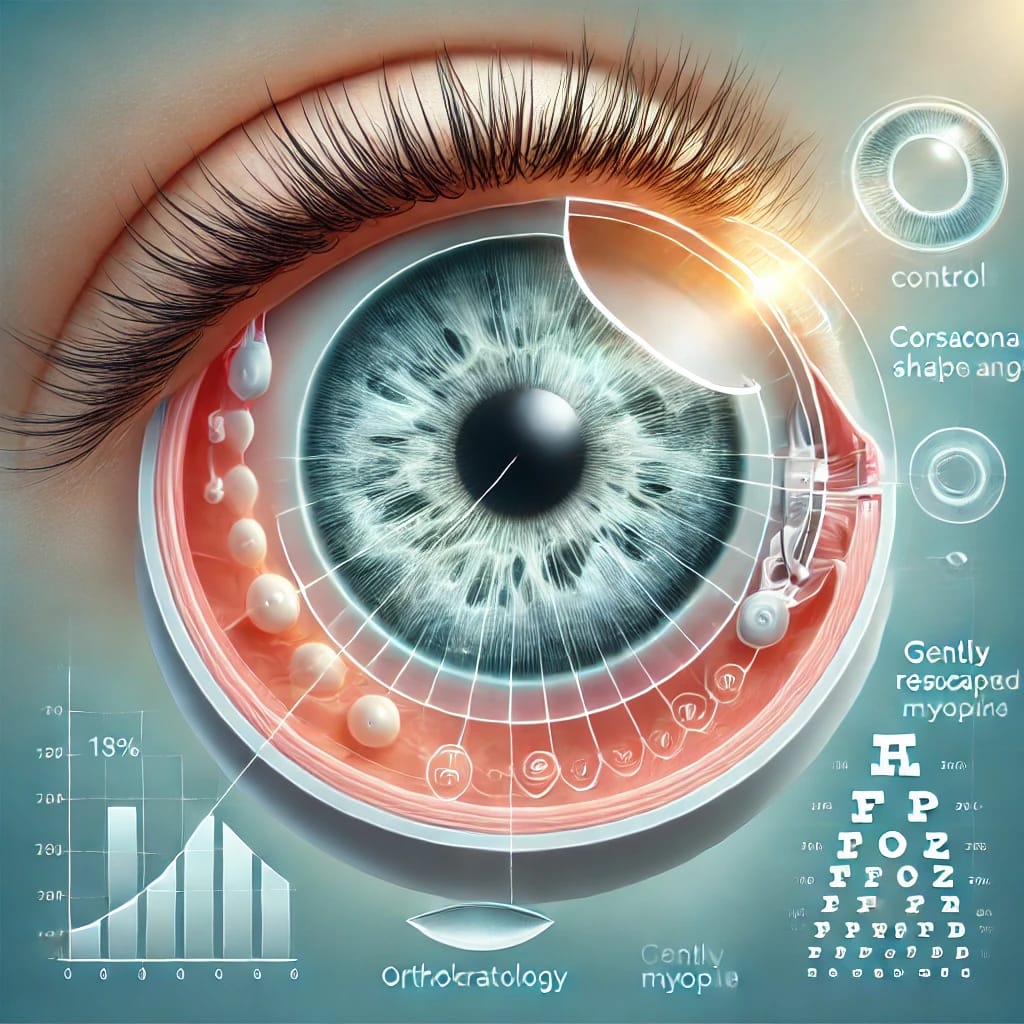
Orthokeratology, also known as corneal reshaping or corneal molding, is a procedure that uses customized contact lenses to gently reshape the cornea while you sleep.
How Does OK Work?
- Customized lenses: OK lenses are designed to match the unique shape of your cornea.
- Worn overnight: You wear the lenses while you sleep, typically for 6-8 hours.
- Corneal reshaping: The lenses gently reshape the cornea, flattening it to reduce myopia.
- Corrected vision: When you remove the lenses in the morning, your vision is corrected, and you can see clearly without glasses or contacts.
Benefits of OK for Myopia Control
- Slows myopia progression: OK has been shown to slow the progression of myopia in children and young adults.
- Corrects vision: OK can correct myopia, reducing or eliminating the need for glasses or contacts.
- Reversible: The effects of OK are reversible, meaning that if you stop wearing the lenses, your cornea will return to its original shape.
- Non-surgical: OK is a non-invasive, non-surgical procedure.
Candidacy for OK
- Children and young adults: OK is most effective for children and young adults with progressive myopia.
- Mild to moderate myopia: OK is suitable for individuals with mild to moderate myopia (up to -6.00 diopters).
- Healthy eyes: Candidates should have healthy eyes, free from diseases or injuries that could affect the cornea.
Risks and Side Effects
- Discomfort: Some patients may experience discomfort or dryness when wearing the lenses.
- Infection risk: As with any contact lens wear, there is a risk of eye infection with OK.
- Corneal abrasion: Rarely, the lenses can cause corneal abrasions or scratches.
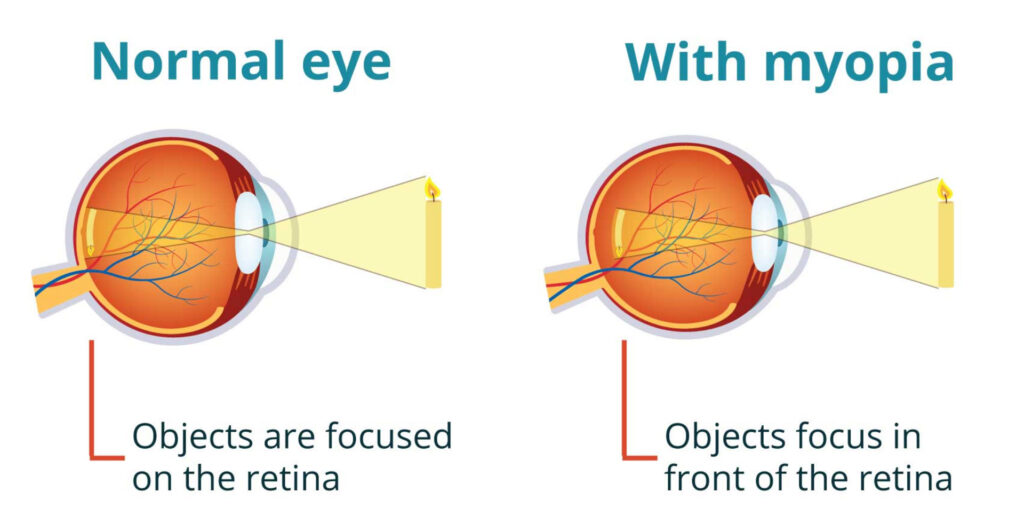
Cost and Insurance
- Cost: The cost of OK varies depending on the location, doctor, and lenses used.
- Insurance: Some insurance plans may cover OK, but coverage varies widely.
Conclusion
Orthokeratology is a safe and effective procedure for controlling myopia progression and correcting vision. If you’re interested in OK, consult with an eye doctor to determine if you’re a suitable candidate.
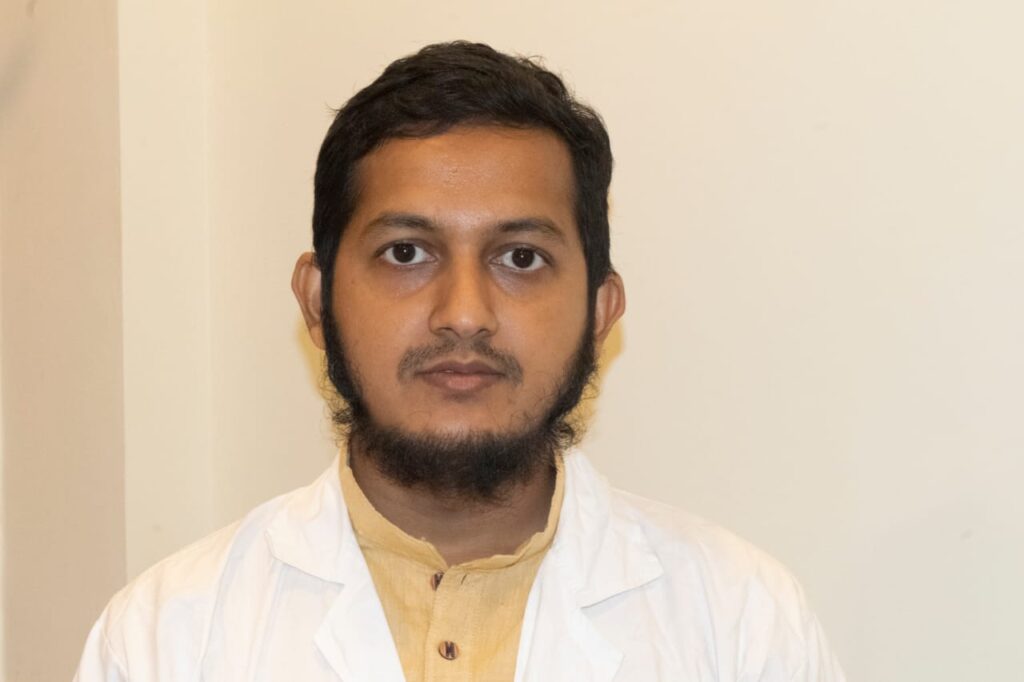
Dr Rakib Hasan , M.Optom

